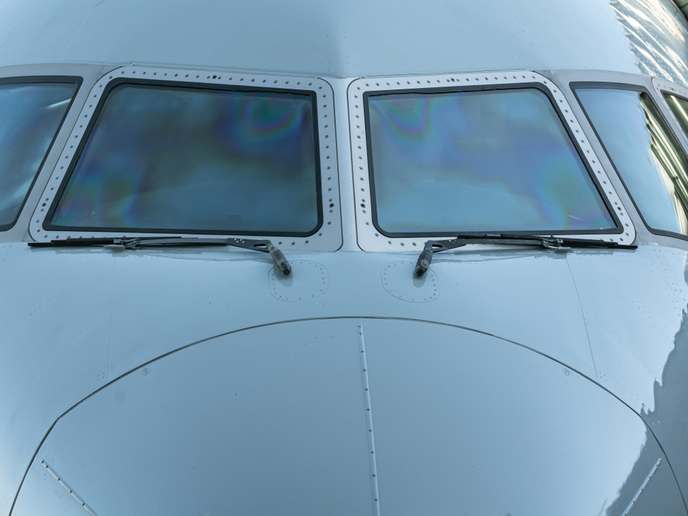Novel rotor retaining sleeves for air conditioning systems in aircrafts
Electrically driven ACS for aircraft applications require a high-speed motocompressor based on permanent magnet rotor technology. One solution is to develop their retaining sleeve via a direct filament winding process, a manufacturing method that provides the greatest control over fibre placement and uniformity of structure. With EU-funding, the E-SLEEVE (Direct filament wound rotor carbon resin sleeves by bulk curing and layer-by-layer electron beam polymerisation) project set out to develop a direct filament winding method on the rotor so that the filament has enough tensile strength to apply a preload on the magnets. To do so, it had to find an optimal resin/fibre combination that can withstand operational conditions such as temperature and humidity and still be suitable for filament winding. Project partners designed, set up and demonstrated two different processes for the filament winding of carbon sleeves. The sleeves were integrated into the electric rotor of high-speed motocompressors for aircraft ACSs. With filament winding, fibre filaments are wetted with a resin and then wound around a rotating mandrel at various angles to meet mechanical requirements. The structure is then cured and the mandrel removed. Sleeves are mainly used to retain magnets on high speed rotors and are increasingly used in a variety of applications to improve speed and energy efficiency. The processes were validated by manufacturing the required nine sleeves directly on the rotor sub-assembly using two alternative processes . Both processes needed to demonstrate the required radial pressure and reliability to guarantee safe retainment of the rotor magnets at high revolution speed and operational conditions. E-SLEEVE developed carbon sleeves made of filament winding and directly wound on an electric motor rotor. It helped improve the design of rotors and sleeves. The new sleeve are expected to see a boost in performance, gains in logistics and possibly lower manufacturing costs.







